This article was co-authored by Andrea Rudominer, MD, MPH and by wikiHow staff writer, Hannah Madden. Dr. Andrea Rudominer is a board certified Pediatrician and Integrative Medicine Doctor based in the San Francisco Bay Area. Dr. Rudominer has over 15 years of medical care experience and specializes in preventive health care, obesity, adolescent care, ADHD, and culturally competent care. Dr. Rudominer received her MD from the University of California, Davis, and completed a residency at the Lucile Packard Children's Hospital at Stanford University. Dr. Rudominer also has an MPH in Maternal Child Health from the University of California, Berkeley. She is a Member of the American Board of Pediatrics, a Fellow of the American Academy of Pediatrics, a Member and Delegate of the California Medical Association, and a Member of the Santa Clara County Medical Association.
There are 7 references cited in this article, which can be found at the bottom of the page.
This article has been viewed 5,815 times.
If you love to head outside in the summer, you’re probably no stranger to bee and wasp stings. The red paper wasp, which is active in the eastern part of the United States, has a particularly painful sting. Thankfully, red wasp stings usually don’t cause a severe reaction, but there are some measures you can take to reduce your pain and discomfort. If you have any signs of an allergic reaction, call emergency services right away.
Steps
Expert Q&A
-
QuestionCan I use essential oils to soothe the affected area?
 Andrea Rudominer, MD, MPHDr. Andrea Rudominer is a board certified Pediatrician and Integrative Medicine Doctor based in the San Francisco Bay Area. Dr. Rudominer has over 15 years of medical care experience and specializes in preventive health care, obesity, adolescent care, ADHD, and culturally competent care. Dr. Rudominer received her MD from the University of California, Davis, and completed a residency at the Lucile Packard Children's Hospital at Stanford University. Dr. Rudominer also has an MPH in Maternal Child Health from the University of California, Berkeley. She is a Member of the American Board of Pediatrics, a Fellow of the American Academy of Pediatrics, a Member and Delegate of the California Medical Association, and a Member of the Santa Clara County Medical Association.
Andrea Rudominer, MD, MPHDr. Andrea Rudominer is a board certified Pediatrician and Integrative Medicine Doctor based in the San Francisco Bay Area. Dr. Rudominer has over 15 years of medical care experience and specializes in preventive health care, obesity, adolescent care, ADHD, and culturally competent care. Dr. Rudominer received her MD from the University of California, Davis, and completed a residency at the Lucile Packard Children's Hospital at Stanford University. Dr. Rudominer also has an MPH in Maternal Child Health from the University of California, Berkeley. She is a Member of the American Board of Pediatrics, a Fellow of the American Academy of Pediatrics, a Member and Delegate of the California Medical Association, and a Member of the Santa Clara County Medical Association.
Board Certified Pediatrician & Integrative Medicine Doctor You can mix five drops of lavender essential oil, two drops of peppermint essential oil, and three drops of frankincense essential oil in 1 ounce of almond or coconut oil. Apply it to the affected area to soothe it.
You can mix five drops of lavender essential oil, two drops of peppermint essential oil, and three drops of frankincense essential oil in 1 ounce of almond or coconut oil. Apply it to the affected area to soothe it. -
QuestionIs it okay to take a hot shower after getting an insect bite?
 Andrea Rudominer, MD, MPHDr. Andrea Rudominer is a board certified Pediatrician and Integrative Medicine Doctor based in the San Francisco Bay Area. Dr. Rudominer has over 15 years of medical care experience and specializes in preventive health care, obesity, adolescent care, ADHD, and culturally competent care. Dr. Rudominer received her MD from the University of California, Davis, and completed a residency at the Lucile Packard Children's Hospital at Stanford University. Dr. Rudominer also has an MPH in Maternal Child Health from the University of California, Berkeley. She is a Member of the American Board of Pediatrics, a Fellow of the American Academy of Pediatrics, a Member and Delegate of the California Medical Association, and a Member of the Santa Clara County Medical Association.
Andrea Rudominer, MD, MPHDr. Andrea Rudominer is a board certified Pediatrician and Integrative Medicine Doctor based in the San Francisco Bay Area. Dr. Rudominer has over 15 years of medical care experience and specializes in preventive health care, obesity, adolescent care, ADHD, and culturally competent care. Dr. Rudominer received her MD from the University of California, Davis, and completed a residency at the Lucile Packard Children's Hospital at Stanford University. Dr. Rudominer also has an MPH in Maternal Child Health from the University of California, Berkeley. She is a Member of the American Board of Pediatrics, a Fellow of the American Academy of Pediatrics, a Member and Delegate of the California Medical Association, and a Member of the Santa Clara County Medical Association.
Board Certified Pediatrician & Integrative Medicine Doctor Avoid taking a hot shower after getting an insect bite. The heat can release the histamines and make the insect bite itchier.
Avoid taking a hot shower after getting an insect bite. The heat can release the histamines and make the insect bite itchier. -
QuestionI was stung three days ago on the belly. It is still red 12 inches or more around and is still swollen. Should I see a doctor?
 ShiziAndeanMountainCatCommunity AnswerYes. That"s likely an allergic reaction. Go to a doctor immediately.
ShiziAndeanMountainCatCommunity AnswerYes. That"s likely an allergic reaction. Go to a doctor immediately.
Warnings
- If you think your sting is infected, seek medical care right away. Signs of an infection include an increase in pain, swelling, or redness.[16]⧼thumbs_response⧽
References
- ↑ https://www.mayoclinic.org/first-aid/first-aid-insect-bites/basics/art-20056593
- ↑ Andrea Rudominer, MD, MPH. Board Certified Pediatrician & Integrative Medicine Doctor. Expert Interview. 13 April 2020.
- ↑ https://www.mayoclinic.org/first-aid/first-aid-insect-bites/basics/art-20056593
- ↑ https://www.mayoclinic.org/first-aid/first-aid-insect-bites/basics/art-20056593
- ↑ https://www.mayoclinic.org/first-aid/first-aid-insect-bites/basics/art-20056593
- ↑ https://www1.nyc.gov/site/doh/health/health-topics/wasps.page
- ↑ https://www.seattlechildrens.org/conditions/a-z/bee-or-yellow-jacket-sting/
- ↑ Andrea Rudominer, MD, MPH. Board Certified Pediatrician & Integrative Medicine Doctor. Expert Interview. 13 April 2020.
- ↑ https://myhealth.alberta.ca/Health/aftercareinformation/pages/conditions.aspx?hwid=bu1273
- ↑ https://myhealth.alberta.ca/Health/aftercareinformation/pages/conditions.aspx?hwid=bu1273
- ↑ Andrea Rudominer, MD, MPH. Board Certified Pediatrician & Integrative Medicine Doctor. Expert Interview. 13 April 2020.
- ↑ https://www.seattlechildrens.org/conditions/a-z/bee-or-yellow-jacket-sting/
- ↑ https://wfmchealth.org/family-health-care/4-steps-for-treating-a-bee-sting-the-right-way/
- ↑ https://www.nhs.uk/conditions/insect-bites-and-stings/symptoms/
- ↑ https://www.seattlechildrens.org/conditions/a-z/bee-or-yellow-jacket-sting/
- ↑ https://www.seattlechildrens.org/conditions/a-z/bee-or-yellow-jacket-sting/
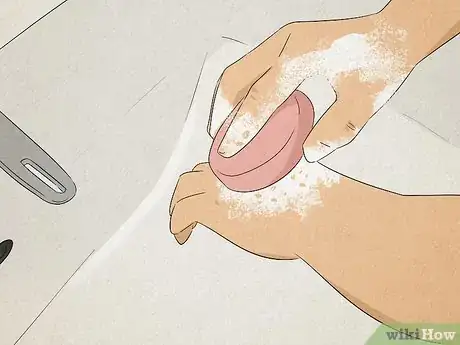
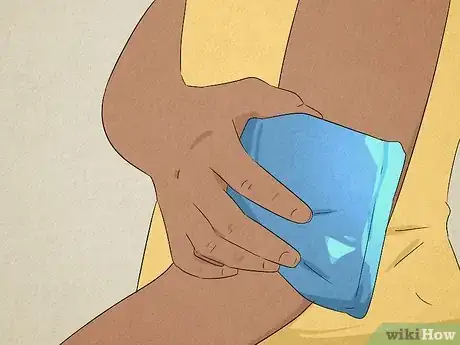

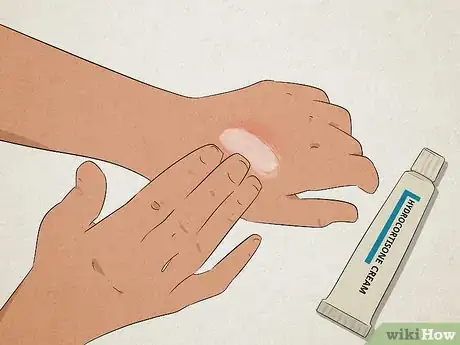
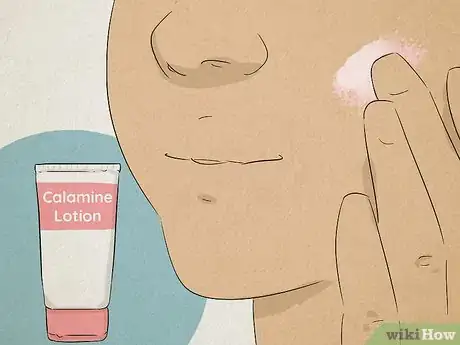
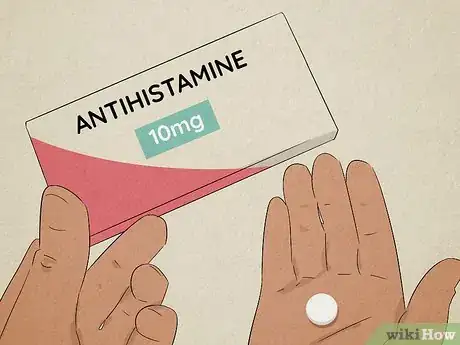
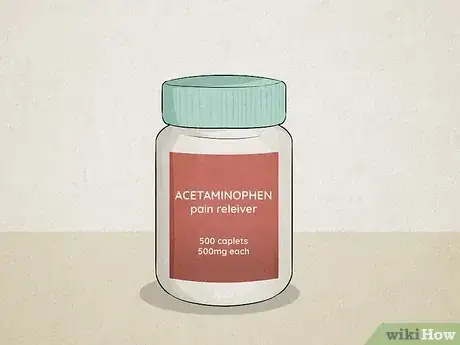
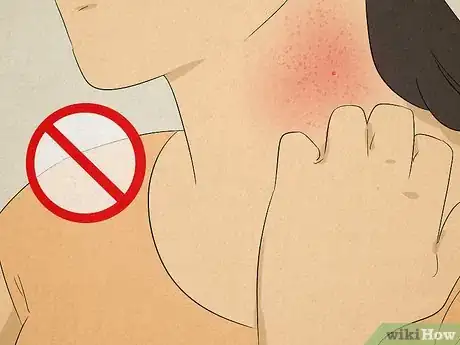
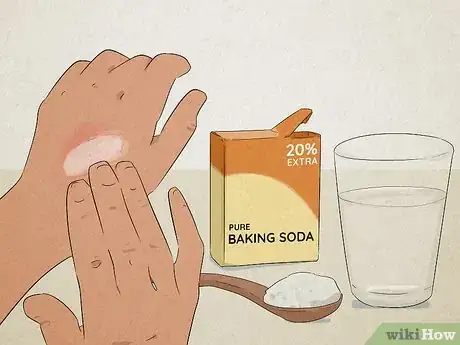
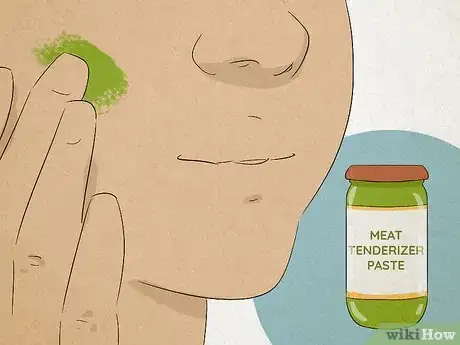
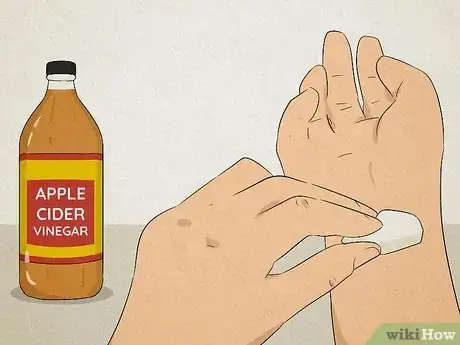
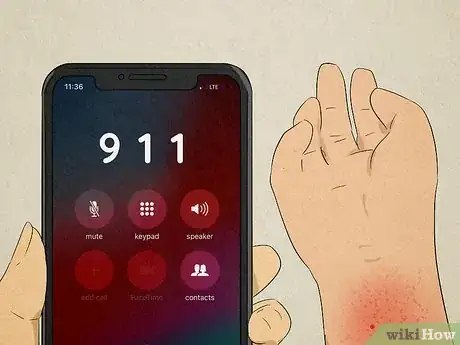
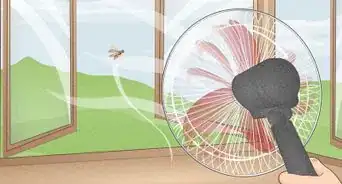
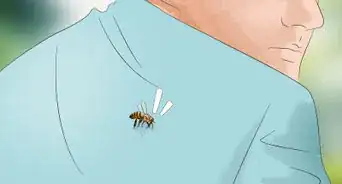
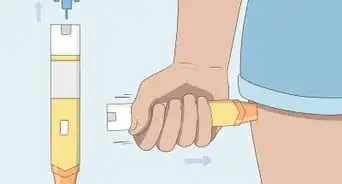
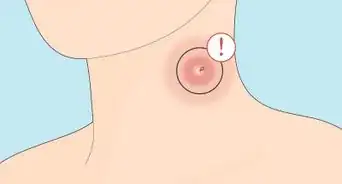


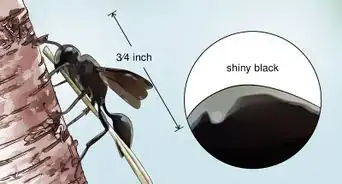
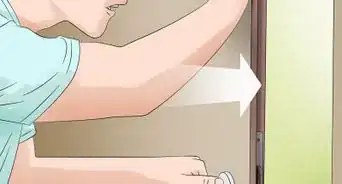

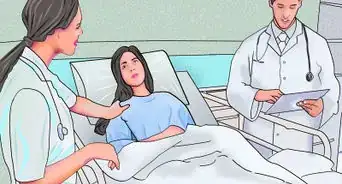

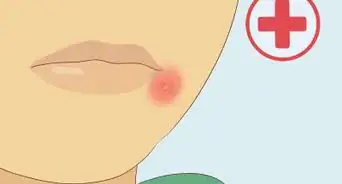
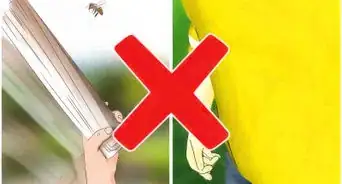
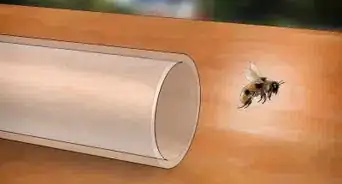







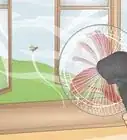
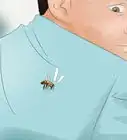
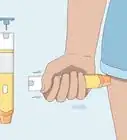
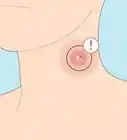



































Medical Disclaimer
The content of this article is not intended to be a substitute for professional medical advice, examination, diagnosis, or treatment. You should always contact your doctor or other qualified healthcare professional before starting, changing, or stopping any kind of health treatment.
Read More...